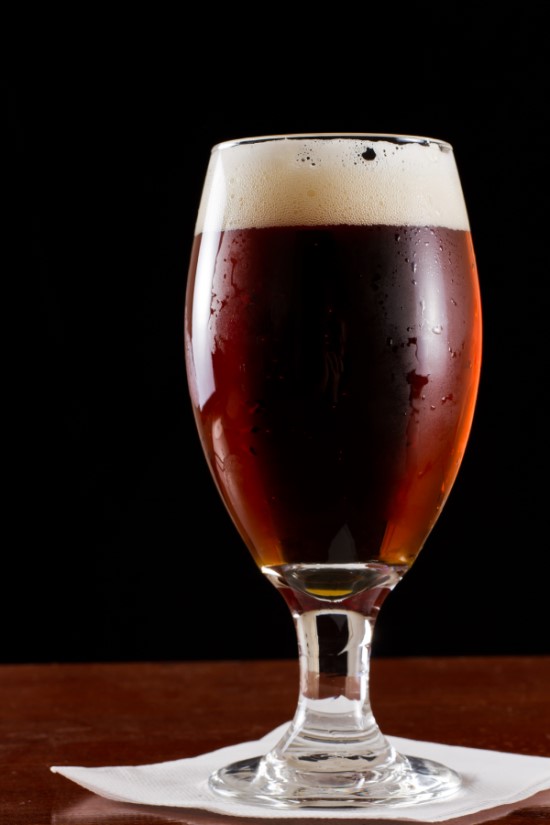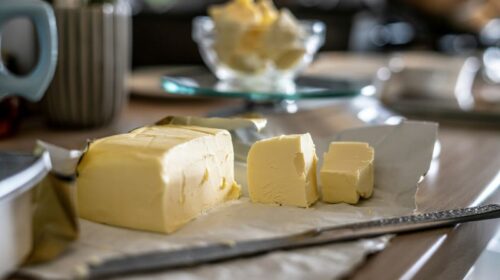Irish Red Ale: Ireland’s “Lighter” Beer
By Mike De Smidt and Greg Roe
Everyone can agree that Guinness is the iconic Irish beer given its history, distinctive character, and wide global recognition. The title of this piece is also in jest, since, aside from a heavier mouthfeel, Guinness is by most standards a fairly light beer, being both low in alcohol and easy to drink. However, the authors will challenge the reader to give another classic Irish beer style a try, the Irish Red Ale. This ale originated under similar circumstances, economically and historically, as Guinness. Like Irish dry stouts such as Guinness, Irish red ale, which was just known as “Irish ale” or “ale” before 20th century marketing got a hold of it, as a style originated in the economic and agricultural turmoil of the 18th Century. Ireland was still part of the United Kingdom and the malt used in brewing was often heavily taxed. The Irish, being resourceful and clever folks with a strong inclination towards stiffing the English tax man, found a loophole by using unmalted barley and other cereal grains, like wheat, in their beer. Guinness’ original recipe was premised on this loophole, relying heavily on unmalted barley and unmalted roasted barley for a substantial portion of the recipe.
While some American beer lovers may remember Killian’s Irish Red, which was brewed by Coors as an amber lager, the classic Irish Red Ale is Smithwicks (pronounced as “Smithicks,” or in Ireland as “Smiddicks”). Smithwicks is regarded as the original commercial example of the style, having been first brewed in Kilkenny by John Smithwick’s brewery on the site of St. Francis Abbey in the early 1700s. The style remained largely a domestic one until the mid-20th century, when Smithwicks was bought by Guinness in 1965. Both Guinness and Smithwicks are currently owned by multinational alcohol giant, Diageo. Now available the world over, it is a delicious, light, and easy-drinking beer that pairs well with a wide range of foods. When in Ireland, the author was introduced to another version of the style, Kilkenny, also owned by Guinness and originally created as a slightly larger export version of Smithwicks (with an easier to pronounce name), which is served on nitrogen lending to a similar creamy mouthfeel as one gets with draft Guinness.
Irish Red Ale is characterized by a deep ruby red color, almost rounding the corner to brown, a creamy and pillowy off-white head, relatively low hop bitterness, very little to no hop aroma, and a pleasantly malty nose, with overall balanced flavor but favoring the malt. The grains used are flavorful UK pale malts as well as a small portion of roasted barley to add color. Caramel/Crystal malts, if used, should be kept to a very small percentage of the grain bill to avoid making the beer overly sweet due to their unfermentable sugar content.
Extract Recipe:
6lbs Liquid Malt Extract or 5lbs Light Dry Malt Extract
8oz Crystal/Caramel 40L (for steep)
4oz Crystal/Caramel 80L (for steep)
4oz Roasted Barley (for steep)
1.25oz UK Fuggle or East Kent Goldings (Boil 60min)
0.50oz UK Fuggle or East Kent Goldings (Boil 15min)
Yeast – WLP004, Safale S-04, or Imperial A01 “House”
All Grain Recipe:
Same as above, except substitute 7lbs UK pale malt, such as Maris Otter or Golden Promise, for the extract.
Ben Lomond local, Mike De Smidt has been home brewing for 14 years and is a BJCP Certified Beer Judge.
Greg Roe is a Felton local who has been a home brewer for 22 years and is a self-proclaimed Fermentation Geek.
Featured photo: Irish Red Ale | Photo contributed




